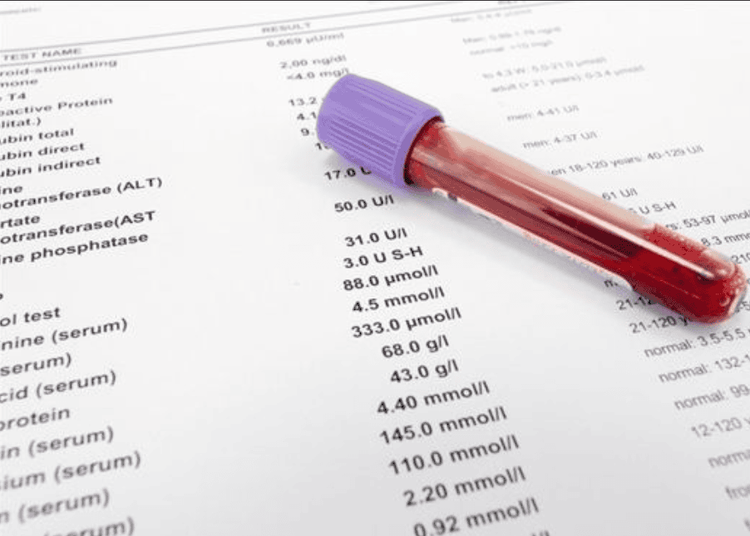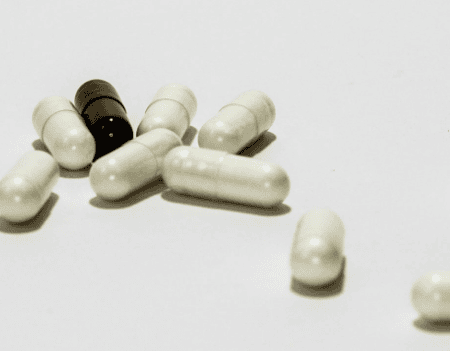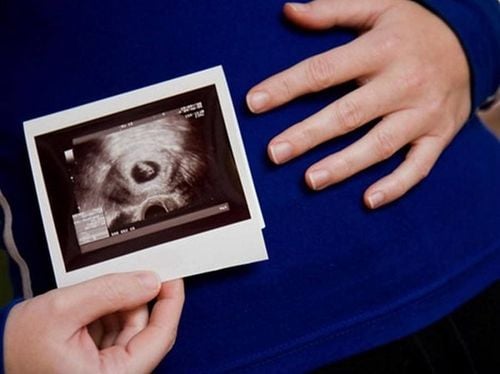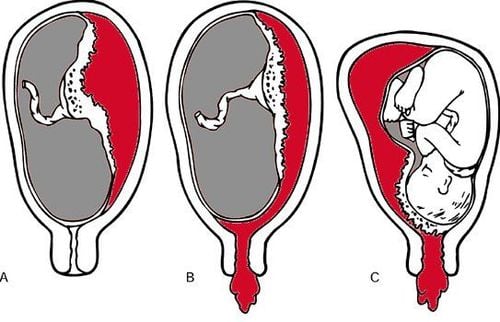This is an automatically translated article.
Posted by Dr Pediatrician - Pediatric Center - Vinmec Times City International Hospital
Thalassemia (congenital hemolytic disease) is an autosomal recessive genetic disease in which parents pass on the disease gene to their children. The disease can be detected early thanks to methods of testing, screening, and prenatal genetic diagnosis.
1. Thalassemia is an inherited disease
Thalassemia disease is an inherited congenital hemolytic anemia, which means that parents pass on the disease gene to their children by autosomal recessive inheritance. Accordingly, the disease is not transmitted by blood, by contact or by eating.
Children receive a β-globin gene from each parent. If the genes of the parents are normal, the child will be normal, if both parents have the disease gene, the probability that the child will be born with a severe disease (homozygous) of the couple is 25%, the carrier of the disease gene is 25%. 50%, not sick 25%.
Children with severe illness called homozygous are diagnosed and medical interventions such as blood transfusion and iron chelation. Children who carry the β Thalassemia gene, also known as heterozygous β Thalassemia or β Thalassemia minor, have no symptoms, do not need treatment, eat normally, and do not progress to severe disease in adulthood. In fact, many parents today do not know that their child has the gene for the disease without taking blood tests. Some children with mild anemia often think they have anemia or normal iron deficiency, so they subjectively use additional drugs without the guidance of a doctor. This is very dangerous, so when seeing children showing signs of illness, parents should take their children to medical centers for accurate tests and diagnosis.

2. Thalassemia can be screened by prenatal diagnosis
Although children carrying the β Thalassemia gene do not have health problems, when they grow up and start a family with someone who also carries the β Thalassemia gene, the children of this couple will have a 25% probability of disease and other cases. diseases as described above.
In our country, β-Thalassaemia has a high incidence in some ethnic minorities such as the Tay and Nung. Muong. Ethnic minorities often marry in their own community or with other ethnic minorities, increasing the incidence of severe disease or carrying disease genes. This increases the economic burden for the family as well as the burden on the health sector because the disease requires lifelong treatment.
Through the genetics of Thalassemia, we see that this disease should be screened in the marriage and family law, and soon-to-be married couples should have a diagnostic test for Thalassemia to detect carriers of the disease. When two people are found to be living normally but carrying the disease gene, they should not get married, because they may give birth to seriously ill children. However, if both parents are diagnosed with the same genetic disease, before planning a pregnancy, it is necessary to go to specialized medical centers for counseling and prenatal diagnostic tests to ensure that the baby is born. normal or only carry disease genes like parents.

Realizing the importance as well as the level of danger that congenital hemolytic disease causes to self, family and society, Vinmec International General Hospital has been implementing a pre-paid health check-up package. marriage for subjects who are about to get married, pregnant, and perform prenatal diagnosis with suspected cases of pregnant women and fetuses having genetic abnormalities or congenital hemolytic disease. Accordingly, the process of performing medical examination and diagnosis at Vinmec is carried out methodically by a team of highly skilled medical doctors, modern machinery system, thus giving accurate results, making a significant contribution. in disease diagnosis and staging. From there, there are directions for effective consultation and treatment for patients.
If you have a need for medical examination by modern and highly effective methods at Vinmec, please register here.













